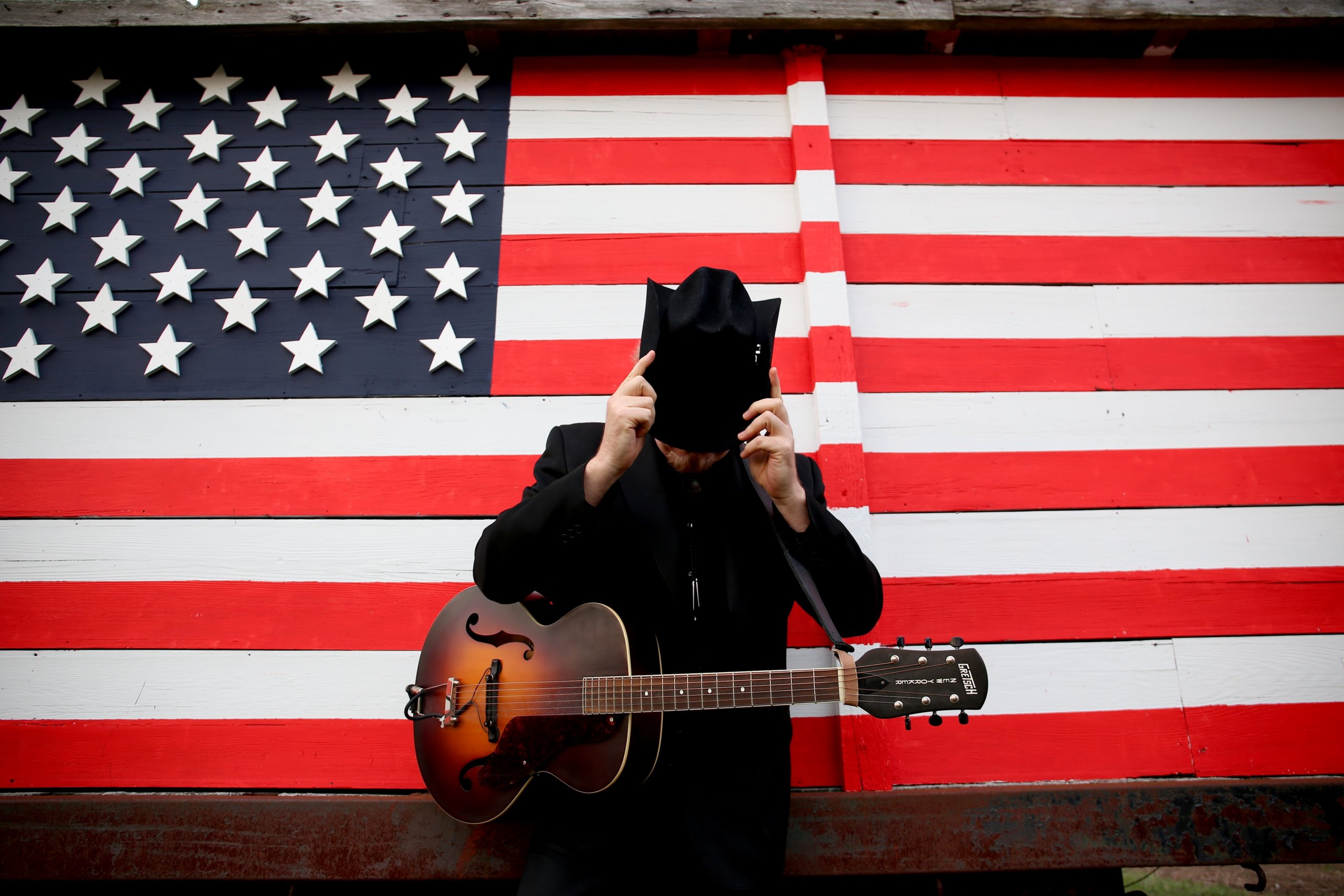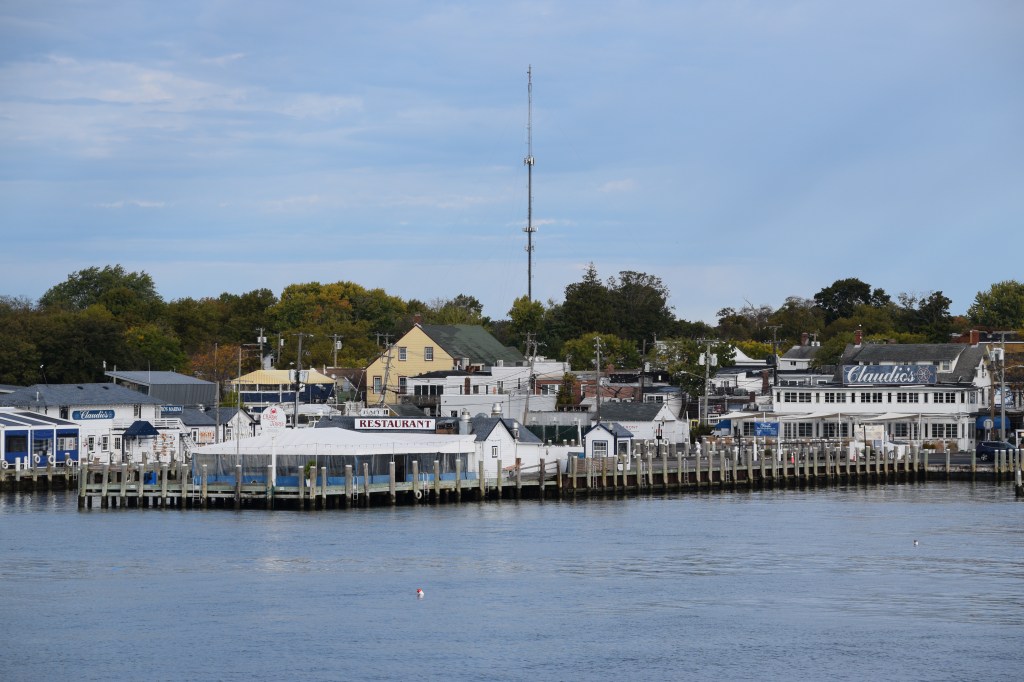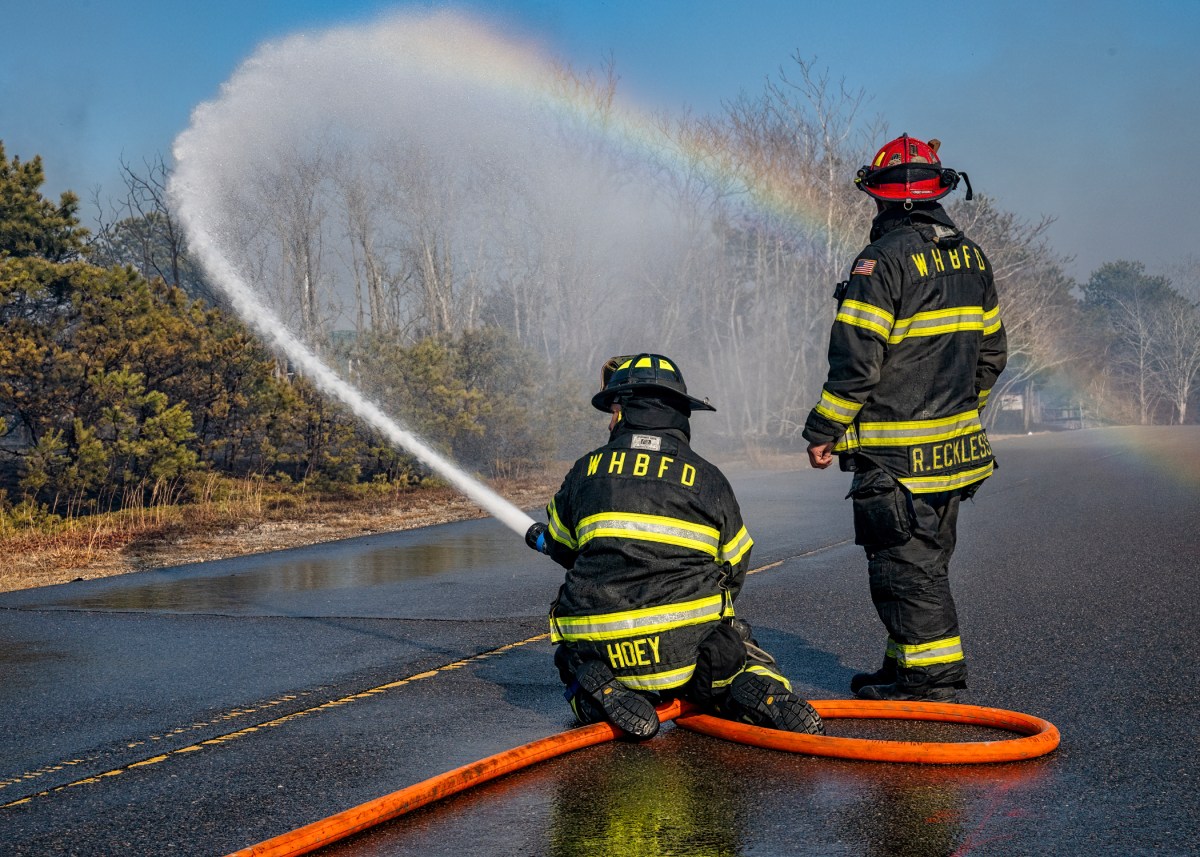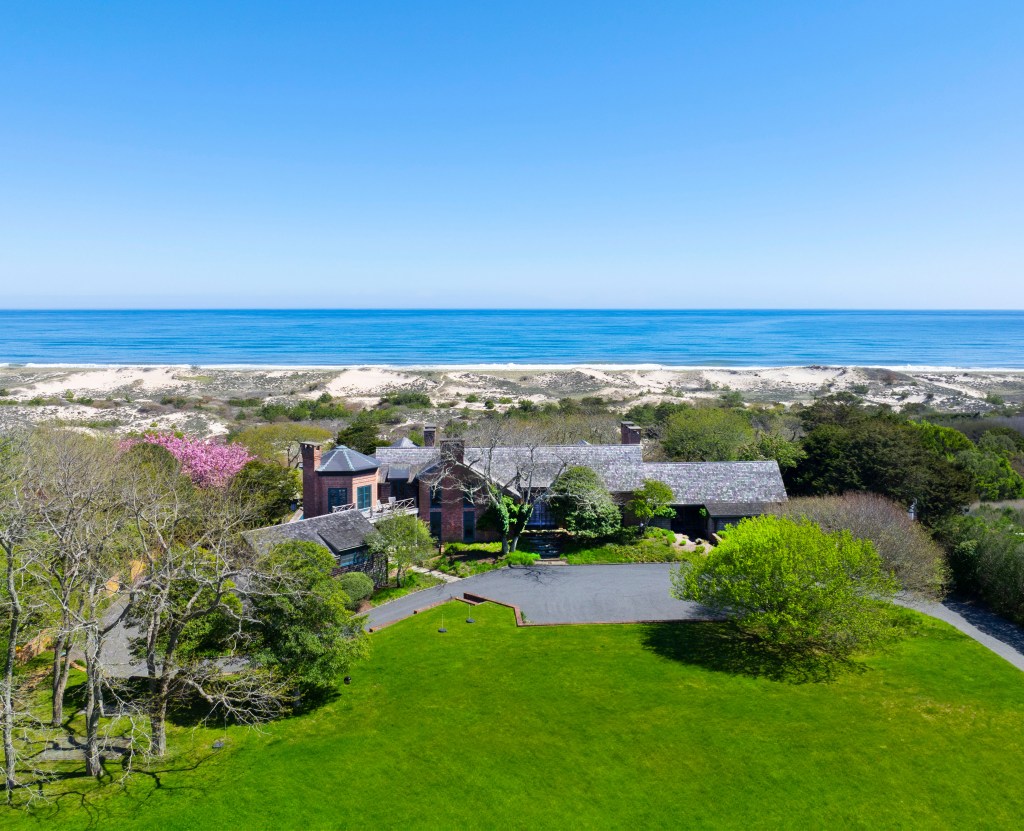Bryan Downey: Of Cinema and Song

The time: Present day. Late spring in the Hamptons.
Opening shot: Bryan Downey, a shortish but good-looking bulldog of a man, hums “Mississippi Queen” while pushing plywood through a table saw on the deck of an expensive-looking beach house. Next shot, he stands looking at an almost-finished kitchen, finely crafted and clearly his own handiwork. He looks around at the rest of the open kitchen-dining-living area, which we can assume is all his doing. Satisfied, still humming, he locks up, gets in his truck, and starts to drive.
Fade: The soundtrack morphs from the song Downey was humming to a live version of Mountain’s Corky Laing belting out “Mississippi Queen” from behind his drums. A pan to the wings shows Downey shooting photographs of Laing with a high-end camera, which he then gently places on a shelf to grab a video camera. Crouching, Downey moves onstage and around Laing, who juts his chin toward Downey in acknowledgement. Downey raises a hand to Laing, and continues to film.
It is dark. An alarm goes off. It’s 4:14 AM. Dawn is breaking. Downey walks from outside his modest home with his dog — an excited mutt who runs around Downey in circles, whining and barking — to an equally modest-looking garage which sports a logo with a bulldog and the words “Bull Dog Studios.” He unlatches the complicated lock system to expose a full-on recording and editing studio.
Next shot shows Downey sipping a cup of coffee and scratching his dog’s ears while watching the footage of Laing, which he has interspersed with still photographs of the musician and audio of Laing talking about the “Summer of Love.” After the audience sees about a minute of the work Downey has done, the camera pans to show a massive collection of CDs, all with presumably Downey’s writing on it, which indicate that he has been chronicling music and musicians for years.
Okay, so this is not how it really happened. But it was the best way in about 300 words to show even a miniscule part of Sag Harbor resident Bryan Downey’s day.
Downey captures some of life’s most beautiful, natural, and intimate moments through photography and film. Whether it’s a member of the Shinnecock Nation bedecked in tribal finery or an East End farmer in a fertile field, a local singer-songwriter playing at the Stephen Talkhouse, Ginew Benton’s “Looking Glass” which was recently shown at the Watermill Center and which features Downey’s cinematography, or his latest opus, “Nashville Long Island,” which features the footage of Laing along with dozens of other people, famous and not, and the power of music in their lives, Downey never stops.
“It’s embarrassing,” the former Liverpudlian joked over dinner. “The credits roll and it’s ‘directed by Bryan Downey, written by Bryan Downey, cinematography by Bryan Downey, and on and on.’”
However, working in the trades keeps his ego right-sized. He came to the States a zillion years ago to be a photographer and cinematographer – this is after five years as a professional musician touring around Europe — and enrolled in arts school in San Francisco. “I was 38, by far the oldest student,” he said.
Like so many creative people, Downey ended up on the East End, and knew that while he continued to pursue his true calling, he needed to make a living. Hence the carpentry. He also started a recording studio, and within months found himself inundated by some of the biggest names, like Jay-Z and Jennifer Lopez, and the biggest companies, like HBO and ESPN. “People wanted to be able to record while they were on vacation,” he said. “I lucked out.”
“Bryan is a unique and creative photographer,” said singer-songwriter Fred Raimondo, who will be performing as part of “Songwriters Share” at the Unitarian Universalist Meeting House in Bridgehampton on April 5. “His portraits of local musicians capture their individuality and reflect both his and their commitment to their crafts,” Raimondo added.
Right now, Downey is concentrating on getting his 26-minute movie, “Nashville Long Island” into film festivals. He’s rightfully cagey about showing his work in toto to the occasional curious journalist; he wants to keep it fresh and exciting. The documentary includes local superstars like Joe Delia, Nancy Atlas, Rob Europe, Winston Irie, Inda Eaton, Gene Casey, and so on, but also Laing, George Benson, and a story from Brenda Siemer about her husband Roy Scheider’s last moments, which he spent listening to his favorite song. “I’m not going to tell you what it is,” Downey said with a smile.
There is also the first time that a young person with Down Syndrome gets to hear a song that he helped to create, and the expression on his face as he hears his own work over the headphones. Joe Delia talks of performing as a Muppet on “The Ed Sullivan Show,” back in the mid-1960s.
“Bryan’s generous spirit and enthusiasm is infectious,” Gene Casey said. “He brings quality to whatever venture he tackles: photography, songwriting, and filmmaking.”
Downey’s relationship with the Shinnecock Nation began when he took a portrait of Andrina Wekontash Smith in full tribal regalia. Soon, other tribal members were turning to Downey for their portraits. “It was for posterity,” he said. “Just something to keep, to show to their grandchildren.” He expressed gratitude as being the person entrusted with this task.
His images of indigenous people are highly regarded. Benton, the Ojibwe director of “Looking Glass,” called Downey “a genuine human being with a gift he gives freely with love to the people unconditionally. This is admirable in Native communities; a trustworthy artist to work with regarding subjects we consider sacred, with the humbleness of both mentor and student.”
Downey has already had more than a few nibbles from film festivals, including some fairly big international ones. And he has another project in the works already.
But while waiting for answers, he also makes a mean kitchen countertop.
To see examples of his work, and for more information, visit Downey’s website, www.bryandowneyphotography.com.
bridget@indyeastend.com








